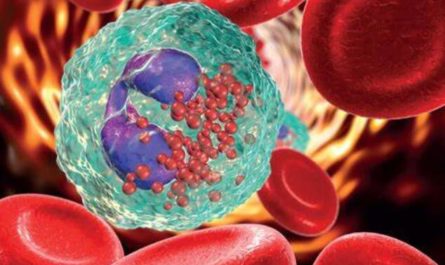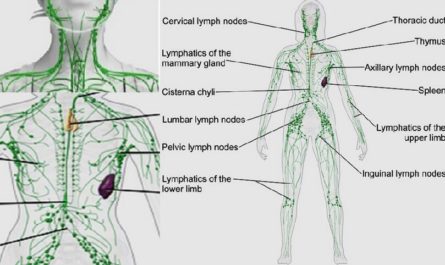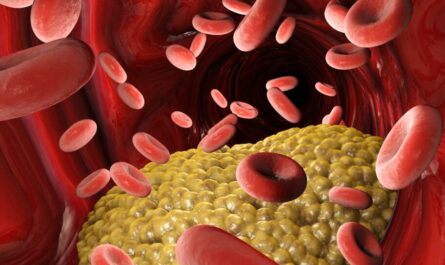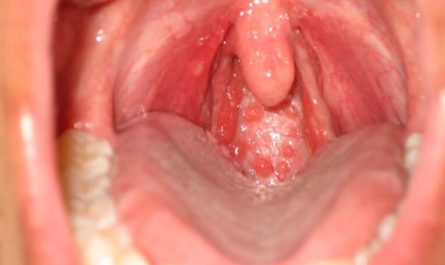The pancreas is a glandular organ that plays a critical role in both digestion and blood sugar regulation. It is often overlooked when discussing human anatomy. Many people are aware of the importance of the heart, lungs, and brain, but the pancreas remains a mystery to most. Most people even do not know where is the pancreas located. In this article, we’ll delve into the location of the pancreas, its anatomy, functions, and potential health issues.
Anatomy of the Pancreas
The pancreas is a long, flat gland that resembles a leaf or a fish. It is approximately 6 to 10 inches (15 to 25 centimeters) long and is divided into three main parts: the head, body, and tail.
- Head: The head of the pancreas is the widest part of the organ and is located on the right side of the abdomen. It is surrounded by the C-shaped curve of the duodenum, which is the first part of the small intestine.
- Body: The body of the pancreas extends from the head and lies behind the stomach. It crosses over the aorta and the second lumbar vertebra (L2).
- Tail: The tail of the pancreas is the thin, tapered end of the organ that extends towards the left side of the abdomen. It is closely related to the splenic hilum and the left colic flexure.
The pancreas is connected to the digestive system through the pancreatic duct, which joins the common bile duct to form the ampulla of Vater. This structure opens into the descending part of the duodenum.
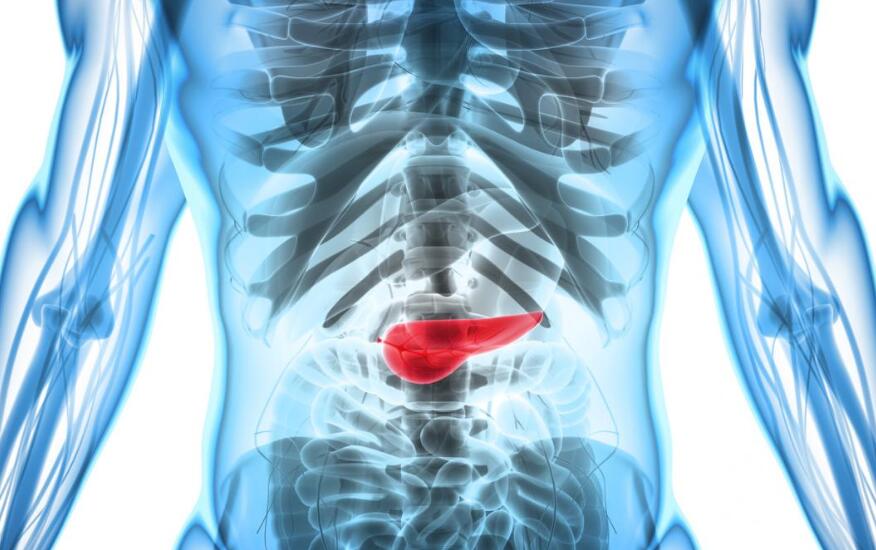
Pancreas Location: Where is the Pancreas Located?
The pancreas is located deep within the abdominal cavity, behind the stomach, and in front of the spine. It lies transversely across the upper abdomen, with its head nestled in the curve of the duodenum on the right side and its tail extending to the left side, near the spleen.
More specifically, the pancreas is situated in the following manner:
- The head of the pancreas is found on the right side of the abdomen, surrounded by the C-shaped curve of the duodenum.
- The body of the pancreas lies behind the stomach and crosses over the aorta and the second lumbar vertebra (L2).
- The tail of the pancreas extends to the left side of the abdomen, near the splenic hilum and the left colic flexure.
To better visualize the position of the pancreas, try this simple exercise: Touch your right thumb and right “pinkie” fingers together, keeping the other three fingers together and straight.
Then, place your hand in the center of your belly, just below your lower ribs, with your fingers pointing to your left. Your hand will be in the approximate shape and at the approximate level of your pancreas.
Surrounding Organs and Structures
The pancreas is surrounded by several vital organs and structures. They work together to maintain the body’s digestive and metabolic processes:
1. Duodenum
The head of the pancreas is closely associated with the duodenum, the first part of the small intestine. The pancreatic duct, which carries digestive enzymes from the pancreas, merges with the common bile duct and enters the duodenum at a point called the ampulla of Vater.
2. Stomach
The pancreas lies directly behind the stomach, with the head of the pancreas touching the back wall of the stomach. This proximity allows the pancreas to release its digestive enzymes into the small intestine as soon as food leaves the stomach.
3. Liver
The pancreas is located just below the liver. The common bile duct connecting the liver and gallbladder to the duodenum passes through the head of the pancreas. This close relationship between the pancreas and the liver is essential for the proper digestion of fats.
4. Spleen
The tail of the pancreas extends towards the spleen, which is located in the upper left part of the abdomen. The spleen plays a crucial role in the immune system and filters old or damaged red blood cells from circulation.
5. Major blood vessels
The pancreas is situated near several major blood vessels, including the aorta, the superior mesenteric artery, and the portal vein. This proximity to major blood vessels ensures that the pancreas receives an adequate blood supply.
Functions of the Pancreas
The pancreas plays a vital role in both the digestive system and the endocrine system. This contributes to the breakdown of food and the regulation of blood sugar levels.
1. Digestive Function
The exocrine tissue of the pancreas produces a variety of digestive enzymes. that help break down the three main macronutrients in food: carbohydrates, proteins, and fats.
- Amylase: An enzyme that breaks down complex carbohydrates, such as starch, into simple sugars like glucose and maltose. It can be easily absorbed by the small intestine.
- Trypsin and chymotrypsin: Enzymes that break down proteins into smaller peptides and individual amino acids, facilitating their absorption by the small intestine.
- Lipase: An enzyme that breaks down fats (triglycerides) into fatty acids and monoglycerides. This allows them to be absorbed by the small intestine and transported throughout the body.
These digestive enzymes are released into the duodenum through the pancreatic duct. This merges with the common bile duct before entering the small intestine. The bile produced by the liver and stored in the gallbladder helps to emulsify fats, increasing the surface area for pancreatic lipase to act upon.
2. Endocrine Function
The endocrine tissue of the pancreas, primarily the islets of Langerhans, produces hormones that regulate blood sugar levels and maintain glucose homeostasis in the body.
- Insulin: Produced by the beta cells of the islets of Langerhans, insulin is the primary hormone responsible for lowering blood sugar levels. When blood sugar levels rise after a meal, insulin is released into the bloodstream, promoting the uptake of glucose by cells throughout the body. Insulin also stimulates the liver and muscles to store excess glucose as glycogen.
- Glucagon: Produced by the alpha cells of the islets of Langerhans, glucagon is a hormone that raises blood sugar levels. When blood sugar levels fall, such as between meals or during prolonged fasting, glucagon is released into the bloodstream. Glucagon stimulates the breakdown of glycogen in the liver, releasing glucose into the bloodstream.
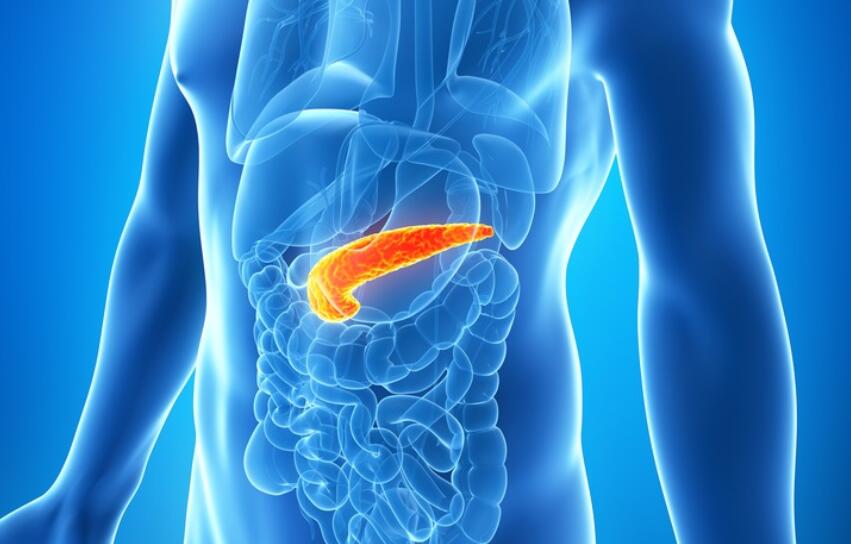
Common Pancreatic Disorders
Several disorders can affect the pancreas, impacting its digestive and endocrine functions. These disorders can range from mild to severe and may require medical intervention to manage symptoms and prevent complications.
1. Pancreatitis
Pancreatitis is an inflammation of the pancreas that can occur in acute or chronic forms. Acute pancreatitis is often caused by gallstones blocking the pancreatic duct or by excessive alcohol consumption.
Chronic pancreatitis is usually the result of long-term alcohol abuse, genetic factors, or repeated episodes of acute pancreatitis.
Symptoms of pancreatitis include severe abdominal pain, nausea, vomiting, and fever. Treatment typically involves pain management, intravenous fluids, and rest. In severe cases, hospitalization may be necessary.
2. Pancreatic cancer
Pancreatic cancer is a type of cancer that begins in the pancreas. It is often difficult to detect in its early stages, as symptoms may not appear until the cancer has advanced.
Symptoms of pancreatic cancer include abdominal pain, unexplained weight loss, jaundice, and digestive problems.
Treatment options depend on the stage of the cancer and may include surgery, chemotherapy, radiation therapy, or a combination of these approaches.
3. Diabetes
Diabetes is a chronic condition characterized by high blood sugar levels. Type 1 diabetes occurs when the pancreas fails to produce enough insulin. This is usually due to an autoimmune attack on the beta cells of the islets of Langerhans.
Type 2 diabetes develops when the body becomes resistant to insulin or when the pancreas doesn’t produce enough insulin to maintain normal blood sugar levels.
Symptoms of diabetes include increased thirst, frequent urination, unexplained weight loss, and fatigue. Diabetes treatment involves managing blood sugar levels through a combination of diet, exercise, and medication.
4. Cystic fibrosis
Cystic fibrosis is an inherited disorder that affects the lungs, digestive system, and other organs. In individuals with cystic fibrosis, a defective gene causes the production of thick, sticky mucus. That can clog the pancreatic ducts, preventing digestive enzymes from reaching the small intestine.
This can lead to malnutrition, as the body is unable to properly digest and absorb nutrients from food. Symptoms of cystic fibrosis include persistent coughing, wheezing, frequent lung infections, and poor growth.
Treatment involves a combination of respiratory therapy, nutritional support, and medications to manage symptoms.
5. Pancreatic insufficiency
Pancreatic insufficiency is a condition in which the pancreas fails to produce enough digestive enzymes to properly break down food in the small intestine.
This can lead to malnutrition, as the body is unable to absorb essential nutrients from food. Pancreatic insufficiency can be caused by various factors, including chronic pancreatitis, cystic fibrosis, and pancreatic surgery.
Symptoms include abdominal pain, bloating, diarrhea, and unexplained weight loss. Treatment involves supplementing the diet with pancreatic enzyme replacements.
6. Pancreatic cysts
Pancreatic cysts are fluid-filled sacs that develop within the pancreas. Most pancreatic cysts are benign and do not cause symptoms.
However, some cysts can be precancerous or cancerous and may require surgical removal. Symptoms of pancreatic cysts may include abdominal pain, nausea, vomiting, and unexplained weight loss.
Treatment depends on the size, location, and type of cyst and may involve monitoring, aspiration, or surgical removal.
How to Maintaining Pancreatic Health?
Several lifestyle factors can contribute to the development of pancreatic disorders. Making positive changes in these areas can help to reduce the risk of pancreatic problems.
1. Maintain a healthy diet
Eating a balanced diet that is rich in fruits, vegetables, whole grains, and lean proteins can help to support pancreatic health.
Try to avoid excessive amounts of saturated and trans fats, as well as added sugars. This can reduce the risk of developing conditions such as pancreatitis and type 2 diabetes.
2. Exercise regularly
Engaging in regular physical activity can help maintain a healthy weight, improve insulin sensitivity, and reduce the risk of developing type 2 diabetes.
Aim for at least 150 minutes of moderate-intensity aerobic exercise or 75 minutes of vigorous-intensity aerobic exercise per week, along with strength training exercises at least twice a week.
3. Limit alcohol consumption
Excessive alcohol consumption is a major risk factor for the development of pancreatitis and other pancreatic disorders. If you choose to drink alcohol, do so in moderation, which means up to one drink per day for women and up to two drinks per day for men.
4. Avoid smoking
Smoking is a significant risk factor for the development of pancreatic cancer and can also contribute to the development of other pancreatic disorders. If you currently smoke, quitting is one of the best things you can do for your pancreatic health and overall well-being.
5. Manage stress
Chronic stress can contribute to the development of various health problems, including digestive issues and insulin resistance. Engaging in stress-reducing activities, such as meditation, yoga, or deep breathing exercises, can help to promote relaxation and support pancreatic health.
6. Stay hydrated
Drinking adequate amounts of water can help to support the production and secretion of digestive enzymes by the pancreas. Aim for at least 8 glasses of water per day, and more if you are engaging in physical activity or spending time in hot environments.
Conclusion
The pancreas is a vital organ. It is located deep within the abdominal cavity, behind the stomach, and in front of the spine. It is divided into three main parts: the head, body, and tail, each with a specific location and relationship to surrounding organs.
Understanding the precise location of the pancreas is essential for diagnosing and treating pancreatic diseases. Regular check-ups and a healthy lifestyle can help keep our pancreas functioning optimally.

